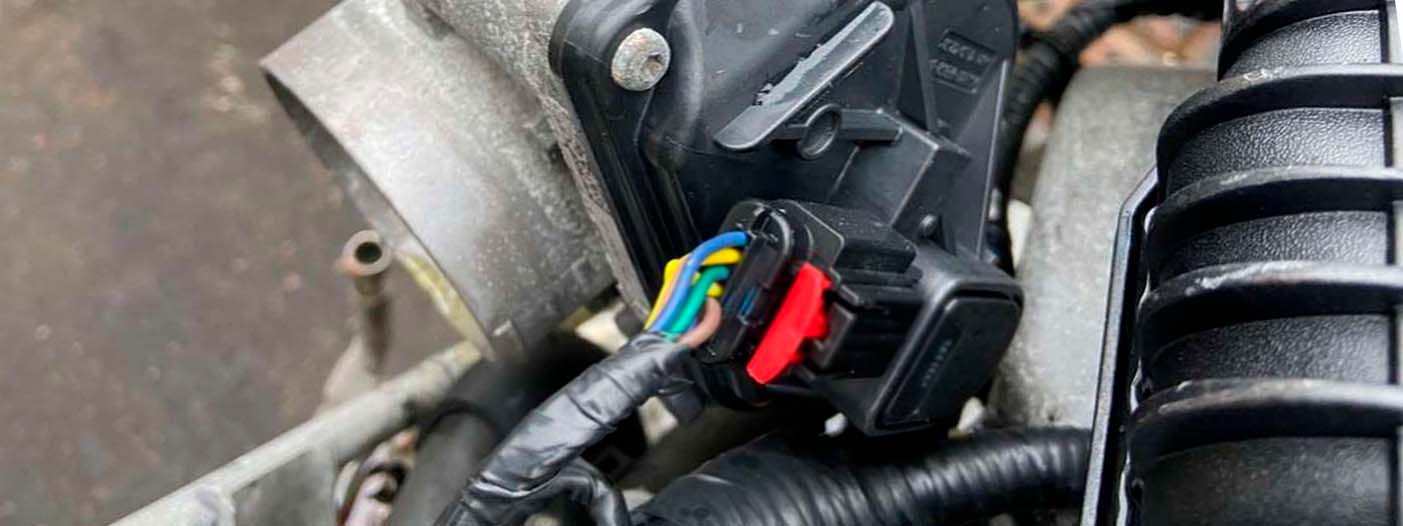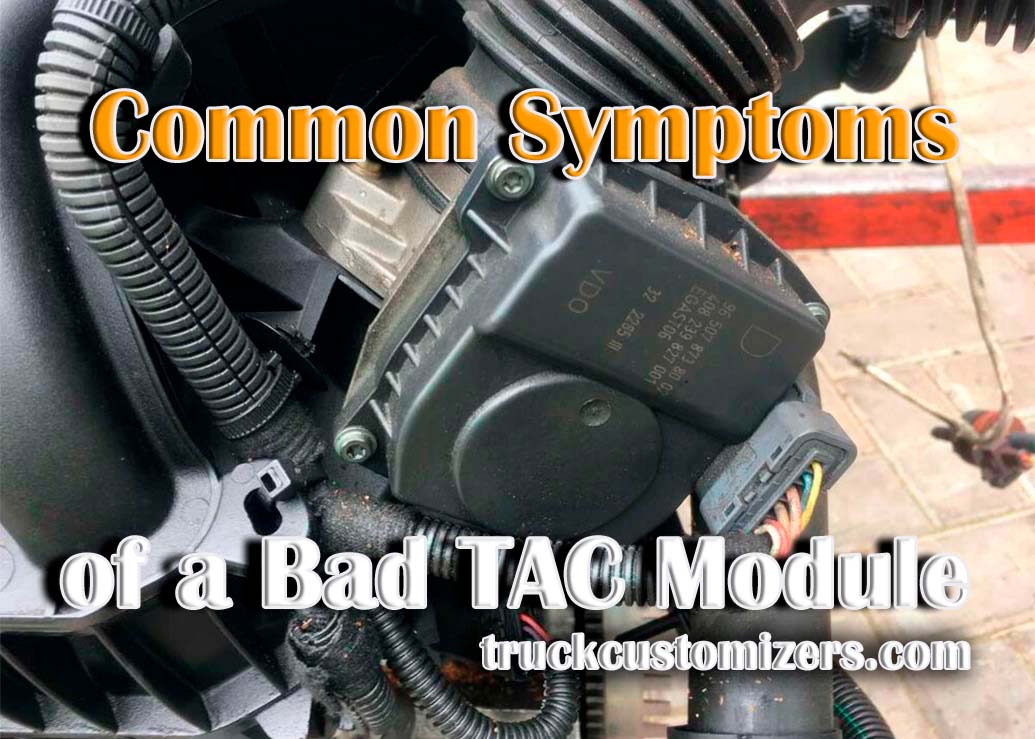With the widespread use of electronic gas pedals and throttle control in modern vehicles, new issues have emerged in common car problems. Many car owners started asking about TAC module problems and the symptoms that can aid in diagnosing this component. This article will comprehensively understand the TAC module and its related symptoms. When a TAC module starts to malfunction, it can exhibit various symptoms. These include decreased gas mileage, sluggish response when pressing the gas pedal, unstable idling, and occasional stalling when the engine is idling. In some cases, the vehicle’s self-diagnosis system may detect the issue and trigger the check engine light, providing a diagnostic trouble code that can assist in identifying and resolving the problem. Before discussing the specific symptoms and solutions in more detail, it’s important to have a basic understanding of the TAC module and its role in modern vehicles.
What is a TAC Module?
A TAC (Throttle Actuator Control) module is a computer-controlled component in some vehicles. It is responsible for controlling the air/fuel mixture in the engine and adjusting the timing of spark plugs to optimize fuel efficiency and performance. This unit works with other vehicle systems, such as the mass airflow (MAF) sensor, to provide feedback on engine operation. In addition, it can detect problems with certain components and adjust its settings accordingly. It also helps manage emissions control systems such as catalytic converters, reducing pollutants to meet emissions standards. Finally, it helps ensure the proper operation of the vehicle’s climate control system by monitoring cabin temperatures and activating fans when needed. By providing these functions, a TAC Module ensures that perform optimally while reducing environmental impact.
What are the Warning Signs of a Bad TAC Module?
 A faulty TAC unit can present several warning signs when it starts to fail, including illuminated dashboard warning lights such as “Service Engine Soon”, “Check Engine”, or “ESC”. The most common symptom of a bad TAC module is poor engine performance, such as decreased acceleration, stalling, and rough idle. You may also notice that the vehicle shakes while applying the throttle pedal and fails to respond accordingly. Other signs include reduced fuel efficiency, hesitation or jerky shifts when changing gears, and sluggish performance.
A faulty TAC unit can present several warning signs when it starts to fail, including illuminated dashboard warning lights such as “Service Engine Soon”, “Check Engine”, or “ESC”. The most common symptom of a bad TAC module is poor engine performance, such as decreased acceleration, stalling, and rough idle. You may also notice that the vehicle shakes while applying the throttle pedal and fails to respond accordingly. Other signs include reduced fuel efficiency, hesitation or jerky shifts when changing gears, and sluggish performance.
How to Diagnose and Repair a Bad TAC Module?
Diagnosing and repairing a bad TAC module in a car can be complicated. Still, it can be done relatively easily with the right knowledge and tools. Here’s what you need to do:
Check the Trouble Codes: The first step is to check for any trouble codes associated with your TAC module. Most cars have an On-Board Diagnostics (OBD) system that allows you to scan for any trouble codes related to this component. If any codes come up, make notes of them, as they may provide insight into what is wrong with the TAC unit.
Test the Wiring Harness: Before replacing or repairing the TAC module, it’s important to test the wiring harness that connects it to other components in your car. To do this, use an ohmmeter or multimeter and check for continuity between each wire in the harness. If you find no continuity on any of these wires or have been damaged somehow, replace them before proceeding.
Clean Connectors: Even if there are no visible signs of damage on your wiring harness, cleaning the connectors is still a good idea, as this may help you diagnose and/or repair the TAC module. To do this, use a can of compressed air to blow away any dirt and debris that may be clogging up the contacts.
Test the TAC Module: If all else fails, test the TAC unit itself. This can be done with an OBD scanner or a dedicated TAC module tester. Once you have identified any faults in the module, you can decide whether it needs to be replaced or repaired (if possible).
Replace or Repair: If your TAC unit is faulty beyond repair, you must replace it with a new one. However, if only part of your module is damaged and replacement parts are available, you may be able to repair it instead of replacing it entirely. Ensure all repairs are carried out according to manufacturers’ safety and optimal performance guidelines.
By following these steps on diagnosing and repairing a bad TAC module in vehicles, you should now have an easier time ensuring that your car runs smoothly and efficiently.
Conclusion
The TAC module is an important component of the engine control system in some vehicles, and it can cause many issues if it fails. Knowing the warning signs of a bad TAC module, such as illuminated dashboard warning lights and decreased engine performance, is vital to preventing further damage. To diagnose and repair a bad TAC Module, you must first check for any trouble codes, test the wiring harness, clean connectors, test the module itself, and replace or repair it if necessary. Following these steps will help you keep your car running optimally while avoiding costly repairs in the future.



